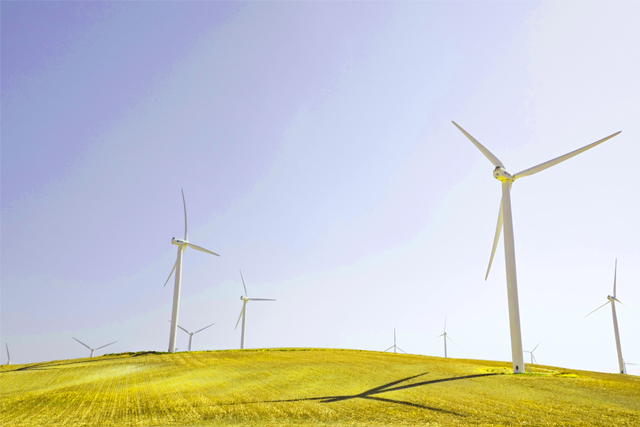
Glass Reinforced Plastic (GRP), also known as fiberglass, has emerged as a cornerstone material in the energy industry, offering a myriad of advantages in the fabrication of components and parts essential for various energy applications. Renowned for its exceptional strength, corrosion resistance, and versatility, GRP finds extensive use across different sectors within the energy industry, contributing to enhanced efficiency, reliability, and sustainability.
Pipeline Systems: GRP is widely employed in the construction of pipeline systems for transporting fluids such as oil, gas, and water over long distances. GRP pipes exhibit excellent corrosion resistance, making them ideal for conveying corrosive substances in harsh environments. Additionally, their lightweight nature facilitates easy installation and reduces transportation costs, while their smooth internal surface minimizes frictional losses and enhances flow efficiency.
Storage Tanks and Vessels: Storage tanks and vessels used in the energy industry benefit from GRP construction due to their superior chemical resistance, durability, and low maintenance requirements. GRP tanks are employed for storing various substances, including chemicals, fuels, and water, offering long-term reliability and protection against corrosion, leakage, and environmental hazards.
Wind Turbine Blades: GRP composites play a crucial role in the manufacturing of wind turbine blades, offering exceptional strength, stiffness, and fatigue resistance. Wind turbine blades constructed with GRP materials withstand dynamic loads and environmental stresses, ensuring optimal performance and longevity in wind energy applications. Moreover, GRP blades contribute to the advancement of renewable energy technologies by enhancing the efficiency and reliability of wind power generation.
Electrical Insulation Components: GRP is utilized in the fabrication of electrical insulation components such as insulators, enclosures, and cable trays for power distribution and transmission systems. GRP insulators offer excellent dielectric properties, thermal stability, and resistance to electrical arcing, contributing to the safety, reliability, and efficiency of electrical infrastructure in the energy sector.
Cooling Towers and Flue Gas Scrubbers: Cooling towers and flue gas scrubbers utilized in power plants and industrial facilities often feature GRP construction due to their corrosion resistance, thermal insulation properties, and structural integrity. GRP components withstand exposure to corrosive gases, high temperatures, and harsh operating conditions, ensuring efficient heat exchange and pollutant removal in energy production processes.
Solar Energy Systems: GRP materials find application in the manufacturing of solar energy systems, including solar panels, collectors, and mounting structures. GRP components offer lightweight, weather-resistant solutions for harnessing solar energy, contributing to the development of sustainable and eco-friendly energy generation technologies.
Subsea Equipment and Offshore Structures: GRP is utilized in the fabrication of subsea equipment, offshore platforms, and marine structures for oil and gas exploration and production activities. GRP components exhibit high corrosion resistance, buoyancy, and durability in marine environments, providing cost-effective solutions for offshore energy operations while minimizing maintenance requirements and environmental impact.
In conclusion, the versatility, durability, and performance characteristics of GRP make it an indispensable material in the energy industry, enabling the efficient and sustainable generation, transmission, and utilization of energy resources. From pipeline systems and storage tanks to wind turbine blades and solar energy systems, GRP continues to drive innovation and advancement across various sectors within the energy landscape, shaping a more resilient and environmentally conscious future.


